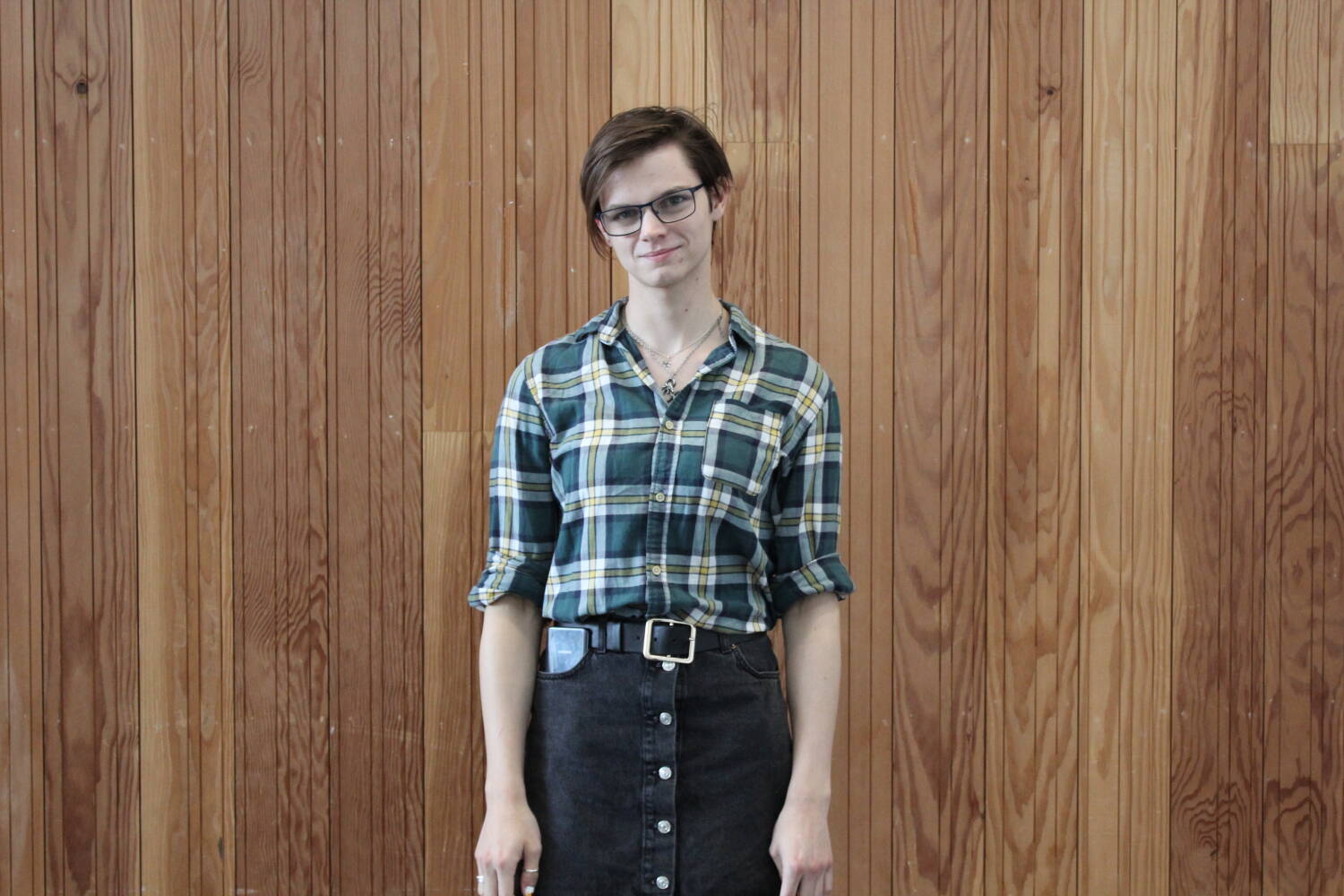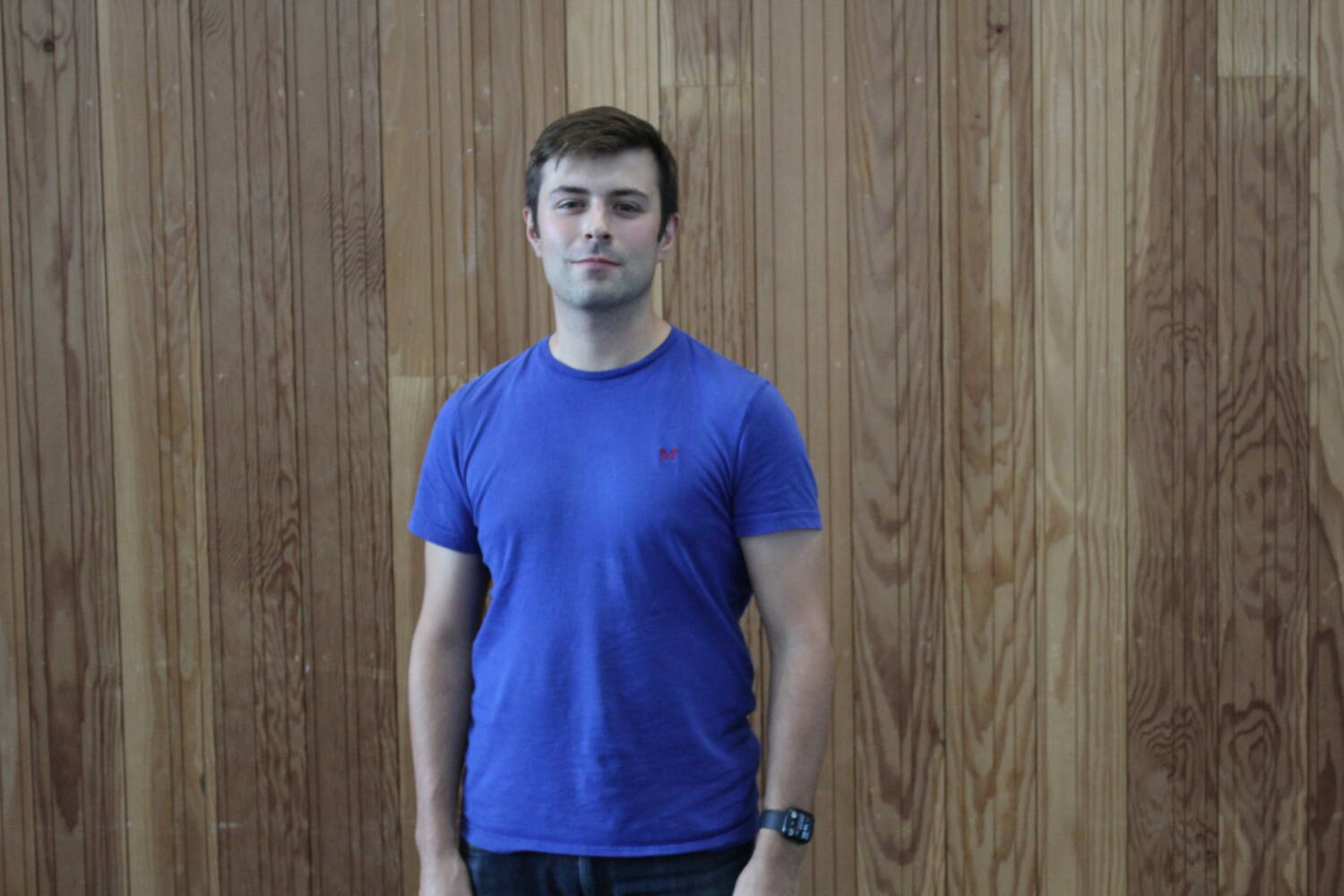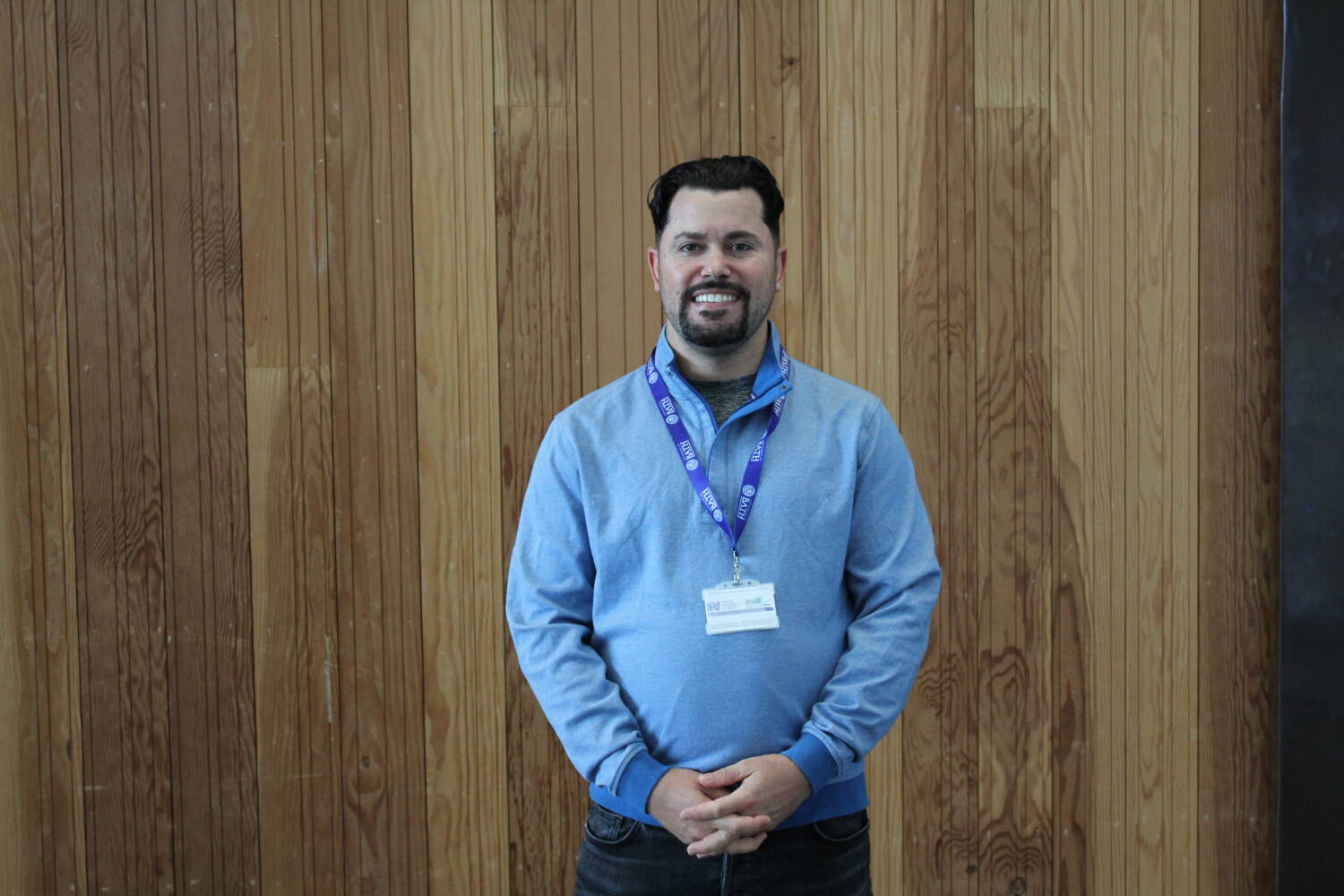Meet the ART-AI students and read about their research interests and backgrounds.

Jiamian Li
Enhancing 3D control of robotic limbs using brain-computer interfaces with reinforcement learning

Jean Lucien Randrianantenaina
Energy-efficient and affordable training of large-scale deep learning models

Anna Hoyle
Advancing robotic assisted gait therapy and rehabilitation with AI-enabled neurotechnology

Reshma Rajendran Padmaja Nair
Advancing Robotic Assisted Gait Therapy and Rehabilitation with Soft Robotics: Designing a Non-Bulky Lower Limb Exoskeleton for Stroke Rehabilitation

Yige Yang
Detecting affective states and brain interfacing in the real world and in multitasking scenarios: a neurotechnological approach

Scarllette Ellis
Unifying Graph and Information Theory Subgoal Discovery Methods in Reinforcement Learning

Greg Knowles
AI-based Mobility Monitoring of Axial Spondyloarthritis (AxSpA) Patients Using Wearable Sensors

Brian Wiley
Studies of oxygen transport & human oxygenases via computer simulation and machine learning

James Proudfoot
Understanding Transfer Learning through the Calculation of Chemical Reaction Barriers

Jinha Yoon
AI, Decision-Making, Emotion, VR: Maximising results and effectivity in human-AI coordination and cooperation

Tom Cannon
Task Agnostic Efficient and Adaptive Edge Devices Using Hierarchical Reinforcement Learning, Task Inference and Transfer Learning

Robert Clarke
Towards Intuitive Embodied BCI Robotic Manipulators Using Dynamic Visual and Kinaesthetic Imagery

Edward Clark
Artificial Intelligence Tactical Decision Aid for Management of Naval Sensors and Autonomous Vehicles

Joe Goodier
Applying generative out-of-distribution detection using generative models as an ethically-aligned screening tool in malaria microscopy

Deborah Morgan
The role of anticipatory regulatory instruments within the regulation of AI systems. A comparative study of regulatory sandbox schemes.

Alice Downer (née Parfett)
Using History to Predict and Prevent Negative Outcomes of Population-Wide Racial Biometric Classification Systems

Brier Rigby Dames
Discovering Transcriptional Signatures of Brain Ageing and Neurodegenerative Diseases Using Machine Learning

Scott Wellington
Decoding imagined, auditory and vocalised speech from invasive and non-invasive brain signals

Oscar Bryan
Machine Learning for the Detection of Unexploded Ordnance Using Synthetic Aperture Sonar

Mafalda Ribeiro
ML and optimisation techniques for closed-loop neuromodulation of multiple nerve models

Jack E. Saunders
Reactive Collision Avoidance Using Deep Reinforcement Learning for the Application of UAV Delivery
